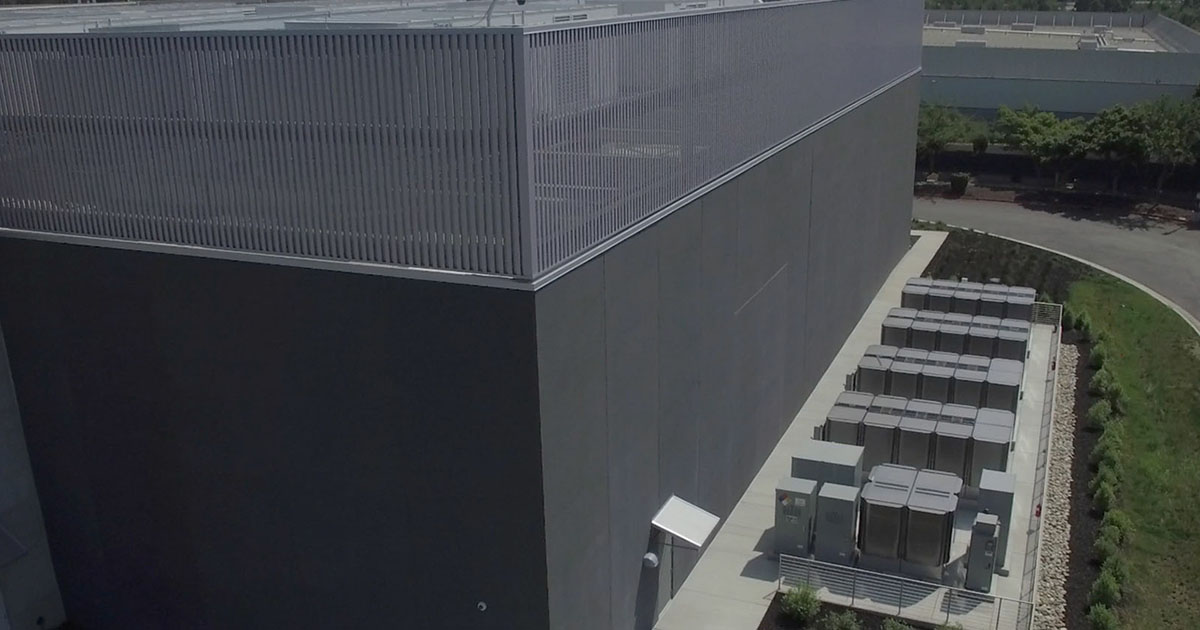In a new report, Frost & Sullivan finds that Bloom Energy (NYSE: BE) is “by far” the market leader in the stationary fuel cell market.
The report, “Stationary Fuel Cell Growth Opportunities,” notes that Bloom has dominated the stationary solid oxide fuel cell market since it commercialized the technology in 2010. Stationary fuel cells are fuel cells that are installed and remain in a fixed location; they are the opposite of motive fuels cells, which are those being developed for cars and trucks. Frost & Sullivan says that solid oxide is the leading technology for stationary fuel cells.
Frost & Sullivan says that the global fuel cell market will grow at a compound annual growth rate (CAGR) of 15.4% between 2022 and 2030, with revenue increasing from $1.06 billion to $3.33 billion. The United States, Japan, and South Korea will remain the leading markets for stationary fuel cells. Bloom has a significant market presence in both the U.S. and South Korea now: It has more than 700 installations in the U.S., and in Korea it has a partnership with SK ecoplant, a leading engineering, procurement and construction company. The report says that Bloom is the leading market competitor in the U.S., and the #2 company in South Korea and Europe.
The stationary fuel cell market has approximately 50 active competitors, but the top four account for 85.2% of total installed capacity, according to Frost & Sullivan. With a 44% global market share, Bloom leads the top four companies, followed by Doosan-HyAxiom, FuelCell Energy and Panasonic.
“Our analysis shows the prospect of robust growth in stationary fuel cells and that it will happen in markets where Bloom Energy is already present,” says Jonathan Robinson, the author of the report. “Solid oxide fuel cells, Bloom’s signature technology, will continue to be the leading factor in the market’s expansion.”
There are multiple kinds of stationary fuel cells, from phosphoric acid and molten carbonate to alkaline, but Frost & Sullivan finds that solid oxide is on track to dominate sales due to the number and scale of projects. Solid oxide fuel cells such as those made by Bloom, operate at higher temperatures than other kinds of fuel cells, which eliminates the need for precious metal catalysts and gives solid oxide an electrical efficiency that exceeds that of conventional power sources—60% as compared to just 40% to 50%.
Frost & Sullivan says that data centers are the key to future fuel cell market growth, and Bloom is already well positioned in that sector. Data centers are energy intensive and their operators are both looking to get power according to a timetable that local electric utilities can’t meet and secure low carbon energy sources to reduce their use of fossil fuels.
“There has never been a more perfect situation for Bloom than the data center market,” says Jeff Barber, Vice President of Sales-Global Data Centers, at Bloom Energy. “These customers are in the business of providing access to significant amounts of reliable power, and that access is now sporadic and, many times, inadequate. Bloom has the reliable and predictable power solution these critical facilities demand, with or without a utility presence. Many utilities are quoting these customers 6 to 10 years for additional generation, transmission, and sub-station capacity. Bloom eliminates this ‘time to power’ barrier, enabling the developers and their tenants to bring the facility online years ahead of the centralized utility.”



